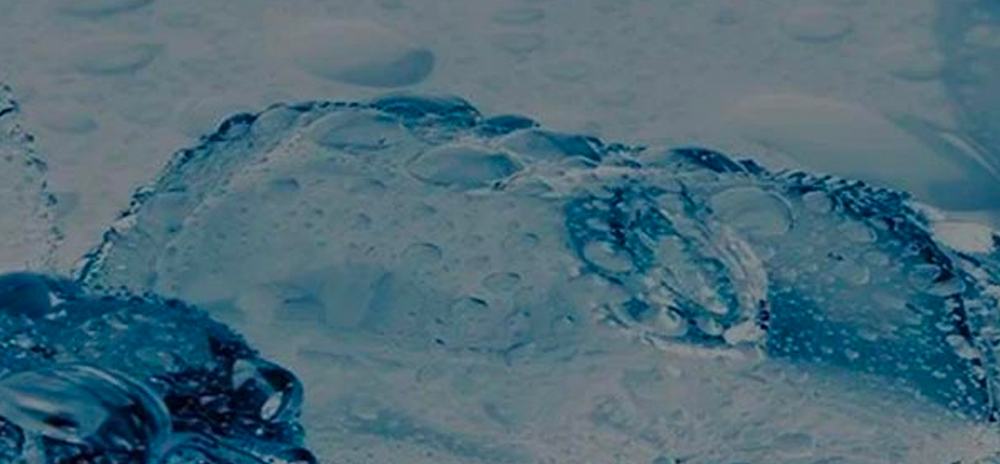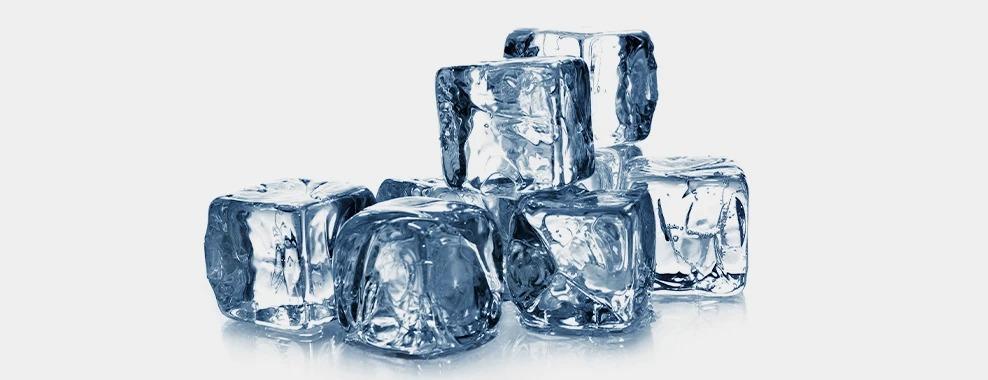Technical Articles

Symptoms:
Salty tasting drinking water.
Causes:
Chloride is naturally occurring in all natural water sources at moderately low levels. It can also get in to water sources when road salts leech in to the ground or when water supplies are mixed with seawater.
Health Concerns:
- Excessive chloride (above 250mg/L) can make drinking water taste salty.
- When concentrated, chloride can cause corrosion of metal piping. Iron is leached into water from metal pipes when high levels of chloride are present.
- Chloride is the main cause of pitting of stainless steel.
- Chloride combines with hydrogen to produce hydrochloric acid.
Action Level:
250 mg/l
More Information:
Chloride is one of the most prevalent anions found in water, commonly combining with the cations sodium, calcium, and magnesium to form salts. Chlorides have a wide range of uses; they're used in foods, de-icing salts for roads, fertilizers, animal feeds, and chemical manufacturing.
Chlorides arrive in surface and ground water both naturally, as from sea water, and as a result of human activity. Chloride levels in most waters range from 10 to 100 mg/l, and sea water contains over 30,000 mg/l of sodium chloride. Chloride levels may increase with water treatment involving chlorine or chloride.

Water Treatment for Chloride:
Reverse osmosis removes around 95% of chloride, and electrodialysis and distillation are also effective. In industrial settings, strong base anion exchangers can be used.
Because of chloride's corrosive effects, when treating water high in chloride, plastic is usually preferred to stainless steel for reverse osmosis membrane housings.
THE RIGHT SOLUTION FOR YOU
Contact us today for more information about our products and services.
CONTACT US

